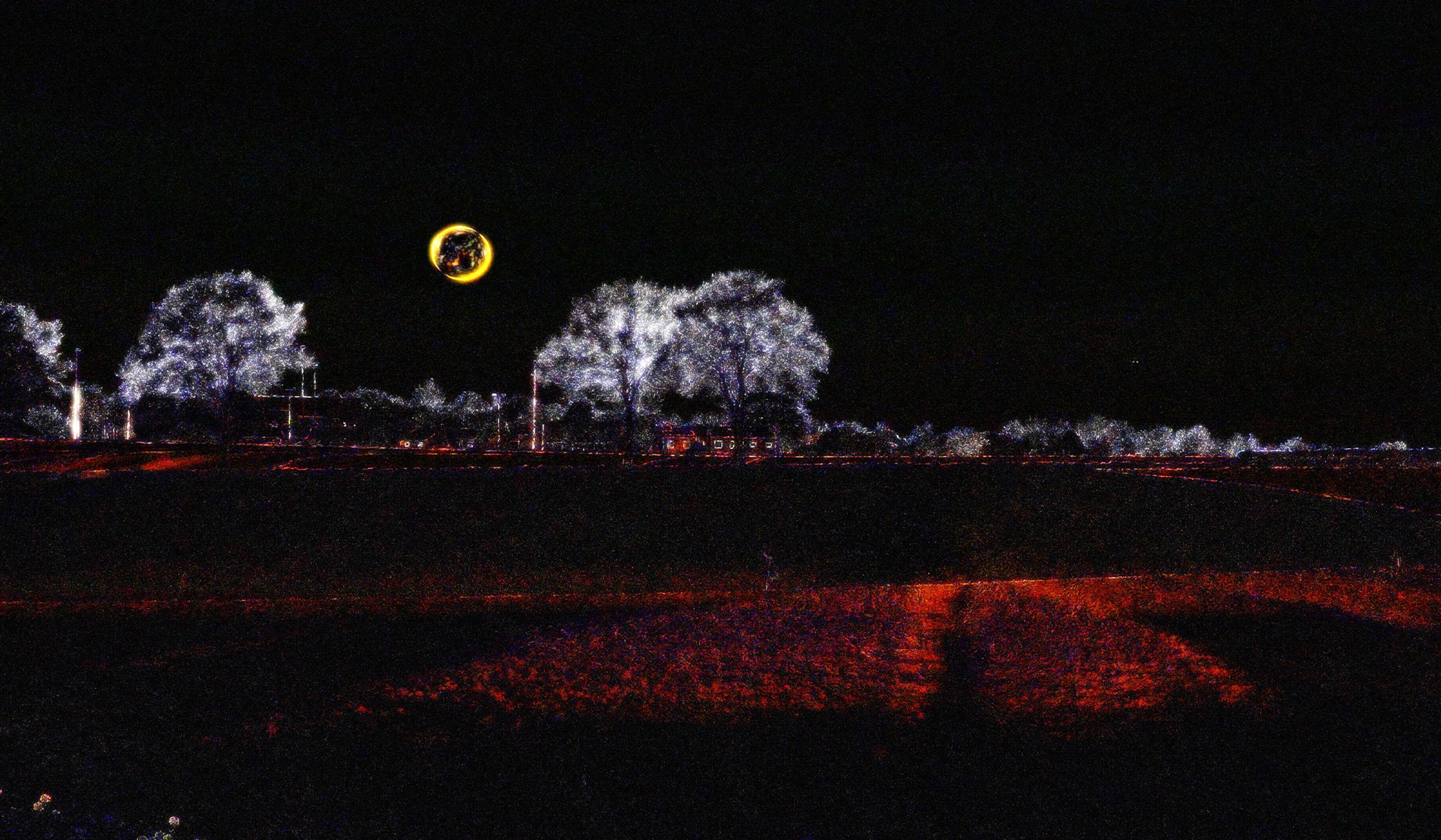Aeon Video has a monthly newsletter!
Get curated editors’ picks, peeks behind the scenes, film recommendations and more.
It’s a massive, winged Cretaceous beast – could a human ride one?
The Late Cretaceous flying reptiles known as pterosaurs were contemporaries and close relatives of dinosaurs and, as far as we know, the first vertebrates to master powered flight. They came in a variety of sizes, from tiny bats to small planes. When you see the skeleton of a massive one – with a wingspan up to 39 feet (nearly 12 metres) – in a natural history museum, you might wonder how such a creature ever left the ground. Perhaps no one has spent more time pondering this question than Liz Martin-Silverstone, a palaeontologist at the University of Bristol in the UK, who specialises in biomechanics. This short video from the Sicily-based filmmaker Pierangelo Pirak uses Martin-Silverstone’s expertise in pterosaur flight as a springboard for a perhaps unanswerable, but still fun-to-ponder question – would it be possible for a human to ride one?

video
Biography and memoir
As her world unravels, Pilar wonders at the ‘sacred geometry’ that gives it structure
20 minutes

video
Meaning and the good life
Why strive? Stephen Fry reads Nick Cave’s letter on the threat of computed creativity
5 minutes

video
Physics
Find the building blocks of nature within a single, humble snowflake
4 minutes

video
Physics
Why the golden age of total solar eclipses is already behind us
5 minutes

video
Film and visual culture
An augmented-reality filter reveals the hidden movements all around us
7 minutes

video
Film and visual culture
Stop-motion origami unfurls in a playful exploration of how senses overlap
3 minutes

video
Ecology and environmental sciences
The ancient Hawaiian myth that sparked a modern ecological breakthrough
10 minutes

video
Computing and artificial intelligence
A scientist’s poor eyesight helped fuel a revolution in computer ‘vision’
9 minutes

video
Ageing and death
Demystifying death – a palliative care specialist’s practical guide to life’s end
4 minutes